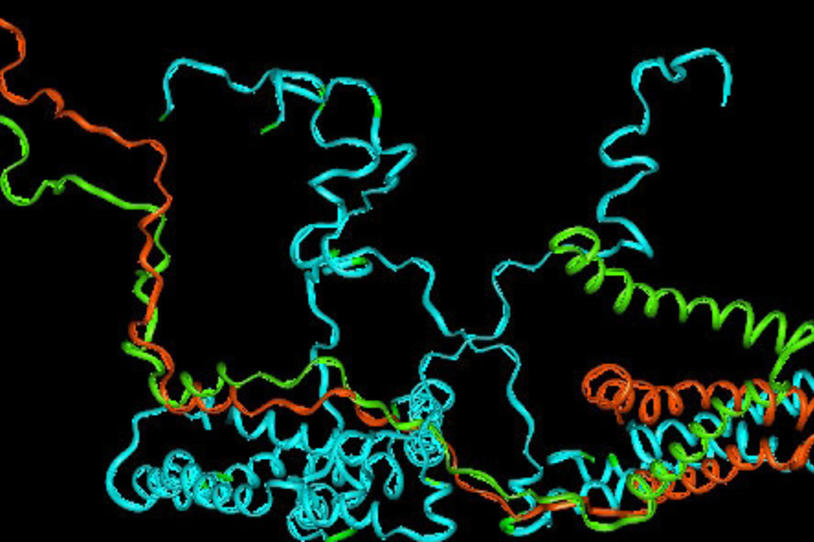
This fall, The Michael J. Fox Foundation (MJFF) held a workshop to address a budding, and potentially field-altering, hypothesis in the field of Parkinson's disease (PD) research: That the alpha-synuclein protein implicated in PD might spread throughout the brain.
Today, the latest paper supporting this hypothesis was published in the journal Science by Virginia Lee, PhD, MBA, and her colleagues at the University of Pennsylvania. Lee’s groundbreaking work surrounds the creation of the first-ever research model to show both this cell-to-cell spread of alpha-synuclein aggregates and the progressive loss of dopamine neurons that leads to parkinsonian motor symptoms. The findings could have important implications to PD drug development moving forward.
Lee’s team injected pre-clinical models with synthetic alpha-synuclein aggregates, then waited to see if the protein clumps would spread from cell to cell. They did.
But even more interesting was that, not only did the alpha-synuclein spread from cell to cell, but its spread led to the progressive loss of dopamine neurons seen in Parkinson’s disease. This, in turn, led to motor deficits in Lee’s models that are similar to those seen in PD.
In the past, scientists have had to work with models that showed alpha-synuclein-like aggregation but which showed very little dopamine loss. Having a model that shows both could help researchers to better zero in on novel targets for Parkinson’s drugs.
Most imminently, knowing that alpha-synuclein spread does seem to incite dopamine loss could go a long way toward encouraging scientists to target the process of its spread, instead of the actual corrupted cell itself. In the past, researchers largely worked to develop alpha-synuclein-targeted therapies with the belief that the clumps of alpha-synuclein stayed in the cell, so they looked at ways to get drug candidates into the cell. But if it's true that alpha-synuclein spreads from cell to cell, scientists and drug developers alike might alter the way they think about targeting these clumps, and go after extracellular (outside of the cell) alpha-synuclein.
One way to do this that has already gained some traction, says Lee, is through immunotherapy – inciting an immune response in the body through the introduction of a protein called an antibody.
In fact, a novel PD drug candidate from Austrian biotech AFFiRiS AG which induces an immune response is already in the clinic. AFFiRiS’ vaccine works by stimulating the body’s immune system to produce antibodies that bind to alpha-synuclein clumps, clearing them, which, scientists hope, could slow the progression of PD. Antibodies would not need to necessarily work inside the cells if they could stop the protein’s spread by attacking extracellular alpha-synuclein.
Lee’s discovery could have major implications for new, earlier stage paths to therapies targeting alpha-synuclein spread. As always is the case in drug development research, the more shots on goal, so-to-speak, the better. And right now, there are few viable, later stage options to target alpha-synuclein. While she admits there’s more work to be done to make her model as useful as it can be, including reproducing its pathologies in more advanced models, she sees new hope.
“For the longest time, I’ve said that PD drug leads are lagging behind those for Alzheimer’s disease (AD),” says Lee, who also works in the AD space. “But right now, I’m not so sure. This model could help the Parkinson’s field to catch up, and potentially, to even leapfrog, where we are in Alzheimer’s research.”